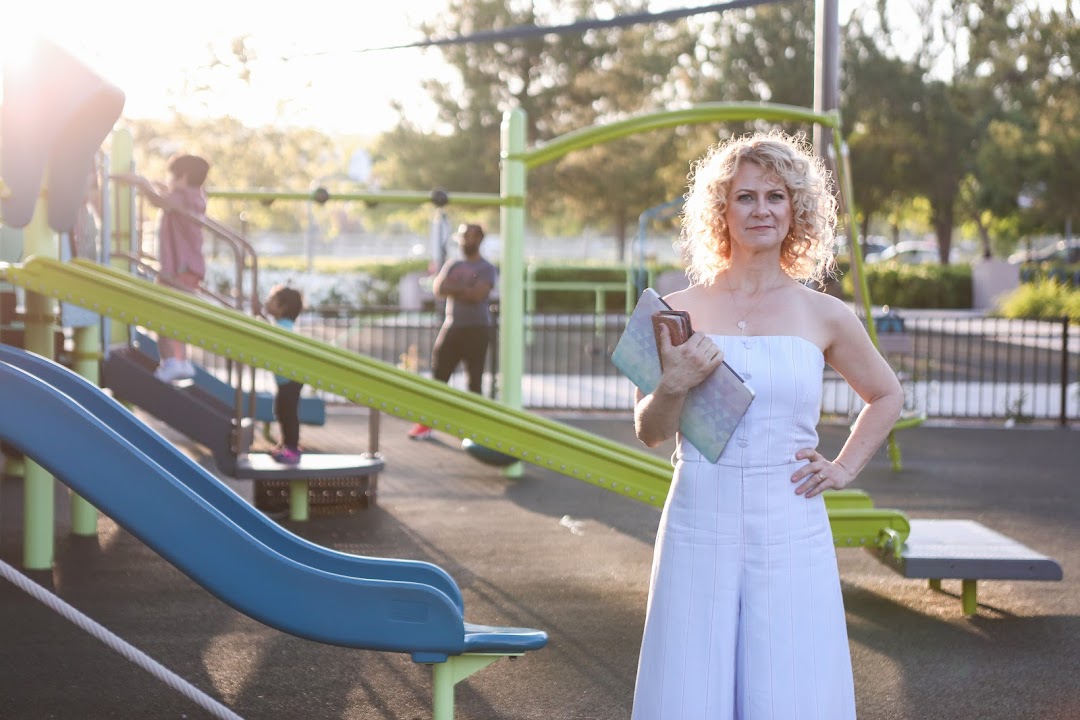The other type of arthritis
When you’re a young adult, the last thing you’re thinking about is arthritis. Robin Hughes and his daughter Eleanor certainly didn’t have it on their minds.
But they didn’t have osteoarthritis, the type generally associated with ageing. Theirs was an inflammation-driven arthritis caused by autoimmune and autoinflammatory disease, both of which are linked to an immune system malfunction.
“At around 17 I started to get back pain. I thought I may have pulled something, I was stiff. It never quite cleared up, but it was no major problem,” says Robin, now 61. “At the age of 19 I was at college, and by that time I was sleeping with a door under my bed. Finally, I decided that I had to see somebody.” The doctor observed Robin doing a series of exercises and made a diagnosis of ankylosing spondylitis (AS) based on that and his symptoms.
“I was horrified when I got the diagnosis. I was told that it was very serious, and I’d probably need my hips replaced by the time I was 30,” Robin tells This Is MedTech. “You get over it, though, and learn to look at it as a condition to be managed rather than an illness.” Painkillers, physiotherapy and a daily exercise regime kept things under control for a while.
However, a few years later when he was training for the London marathon, excruciating hip and back pain drove Robin to the doctor once again. “I had blood tests which confirmed that I had a genetic predisposition for AS. I also had x-rays that showed damage to my spine.”
AS is a chronic disease that mainly affects your spine, with inflammation occurring where the ligaments or tendons attach to the bone. Over time, the constant inflammation, which causes pain, stiffness and fatigue, can lead to further bone formation, potentially causing the vertebrae to fuse together. Over 90% of AS patients have a genetic variation called HLA-B27 that can be found on their white blood cells.
“Getting an early diagnosis is exceptionally important,” comments Robin, who feels that the physiotherapy and exercise regime he’s maintained since the first days after his diagnosis “have paid huge dividends” towards his quality of life. Having the right medicines for his body has also made all the difference. “When I finally got a decent anti-inflammatory, it changed my life,” he notes.
AS is also associated with other inflammatory conditions that Robin has experienced over the years, including a skin condition called psoriasis and an eye condition called uveitis, which can lead to blindness. “My mum had uveitis and so the genetic predisposition was probably passed down from her side, but I never told my parents about my AS because I didn’t want them to feel guilty,” Robin mentions.
Knowing that he was HLA-B27 positive also guided doctors when Eleanor developed uveitis at age 24. “At first doctors thought it was an eye infection but when the antibiotics didn’t clear it up, I had a blood test because we knew about the family history,” Eleanor explains. The blood test, as well as x-rays and ultrasound scans showing joint damage, led to a diagnosis of psoriatic arthritis (PsA) – a chronic autoimmune disease characterised by psoriasis and joint inflammation. Like ankylosing spondylitis, PsA is linked to the HLA-B27 gene.
“It was really interesting to look at the ultrasound scans as I could clearly see which joints were inflamed and they corresponded to where I had pain,” she comments. “Nobody likes to be told they have a lifelong condition, but it was kind of a relief to get the diagnosis because then at least I knew it wasn’t something worse.”
Her advice for newly diagnosed patients: “Make sure the people around you are aware of your condition and capitalise on the days when you’re feeling good.”
The International Foundation for Autoimmune & Autoinflammatory Arthritis established World Autoimmune & Autoinflammatory Arthritis Day to help the public and the medical community recognise that the type of arthritis associated with having an autoimmune or autoinflammatory disease is different than having the more common type of arthritis due to aging, wear and tear, or injury. The day falls on 20th May this year.






